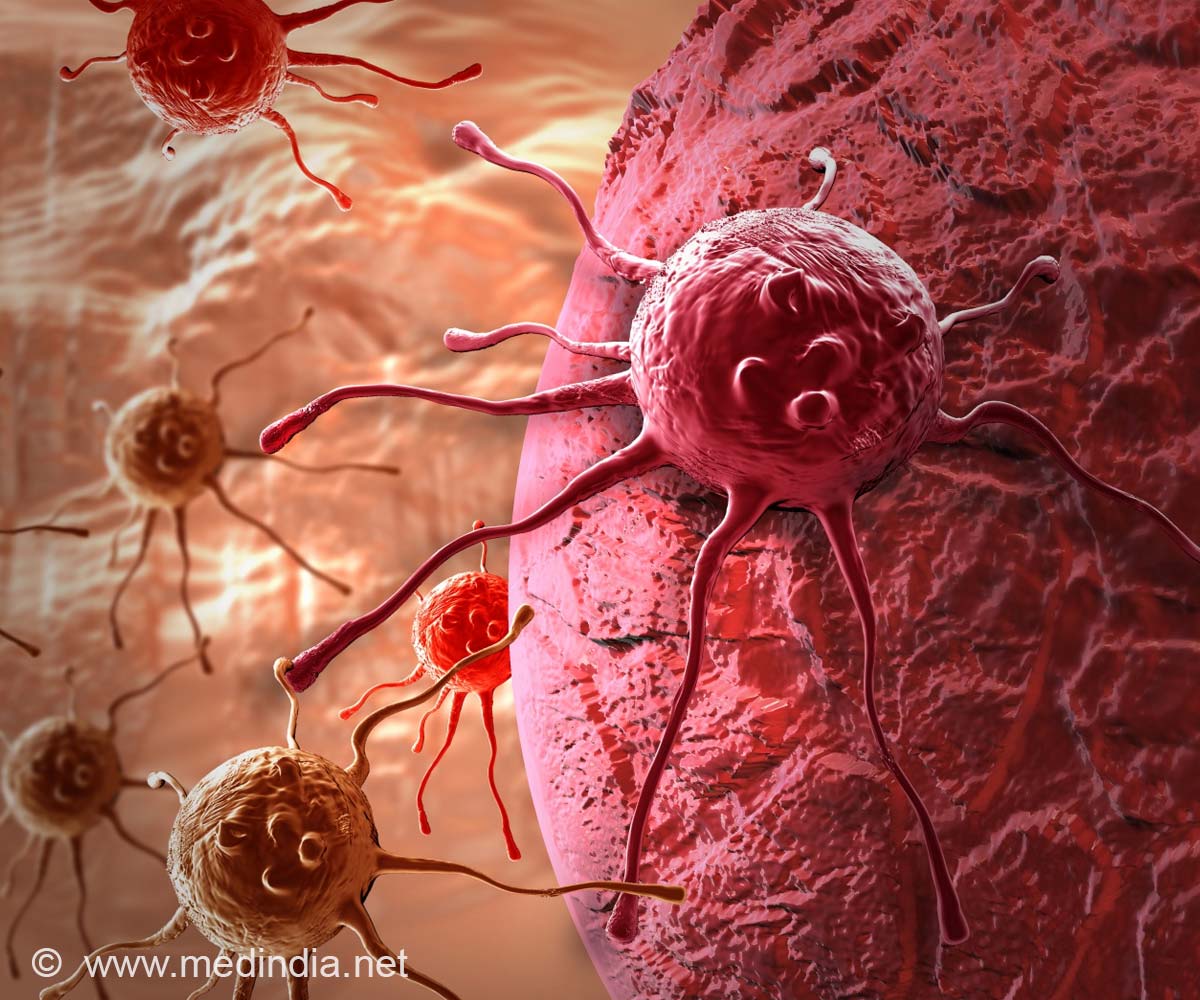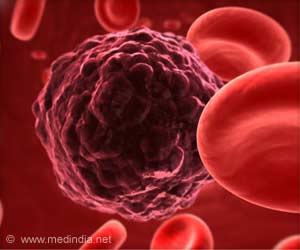
‘New protein-modifying method may help develop drugs with fewer side effects for the treatment of diabetes, cancer and other illnesses.’
Tweet it Now
However, while proteins have great potential, they also present great challenges for scientists. Proteins have incredibly complex chemical structures that make them difficult to modify. As a result, researchers have been looking for a tool to modify them more precisely, without increasing a drug's side-effects."We often run the risk of not being approved by health authorities because protein-based drugs lack precision and may have side-effects. Among other things, this is because of the serious limitations with the tools that have been used up until now," according to Professor Knud J. Jensen of the University of Copenhagen's Department of Chemistry.
Together with his research colleague, Sanne Schoffelen, he has developed a new protein-modifying method that promises fewer side-effects and could be pivotal in furthering the development of protein-based pharmaceuticals.
Protein Structure is Like an Intricate Ball of Yarn
Researchers call the method "His-tag acylation." Among other things, it makes it possible to add a toxic molecule to proteins that can attack sick cells in a cancer-stricken body without attacking healthy ones.
Advertisement
Modified Proteins Must Target Precisely
Advertisement
For example, researchers can now attach a fluorescent molecule to proteins in such a way that a microscope can be used to track a protein's path through cells. The primary function of these proteins is to transport cancer-fighting molecules around to sick cells, so it is important to carefully follow their path throughout the body in order to safely produce medications that don't have unintended side-effects.
Source-Eurekalert















